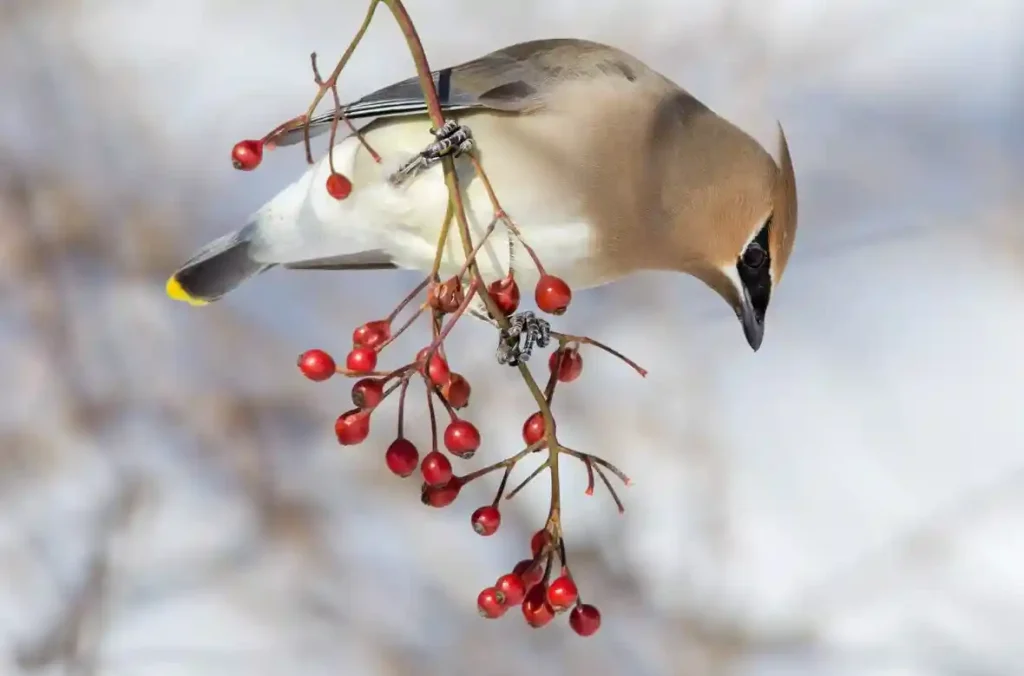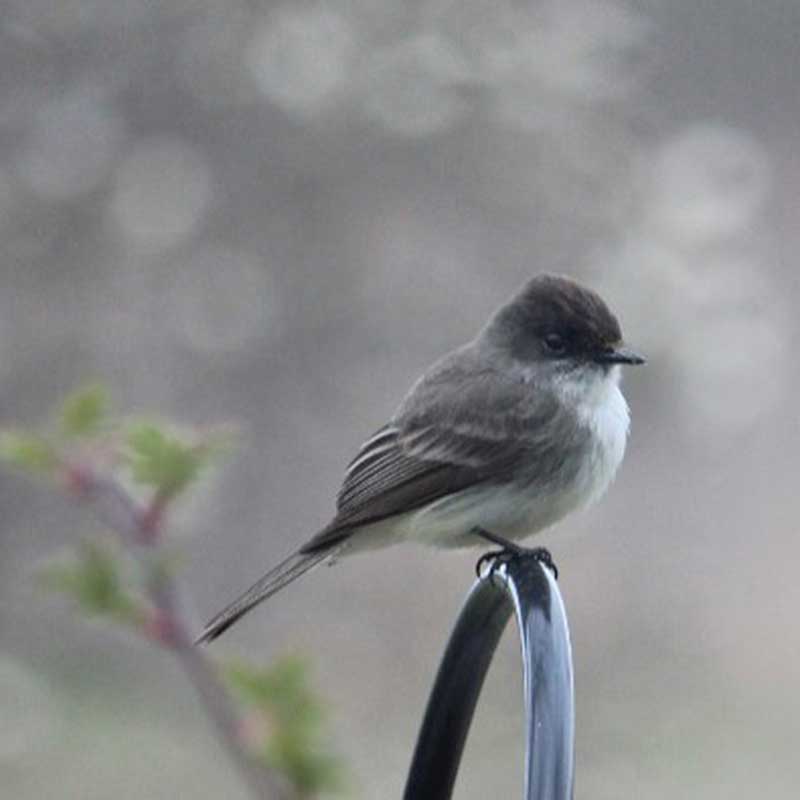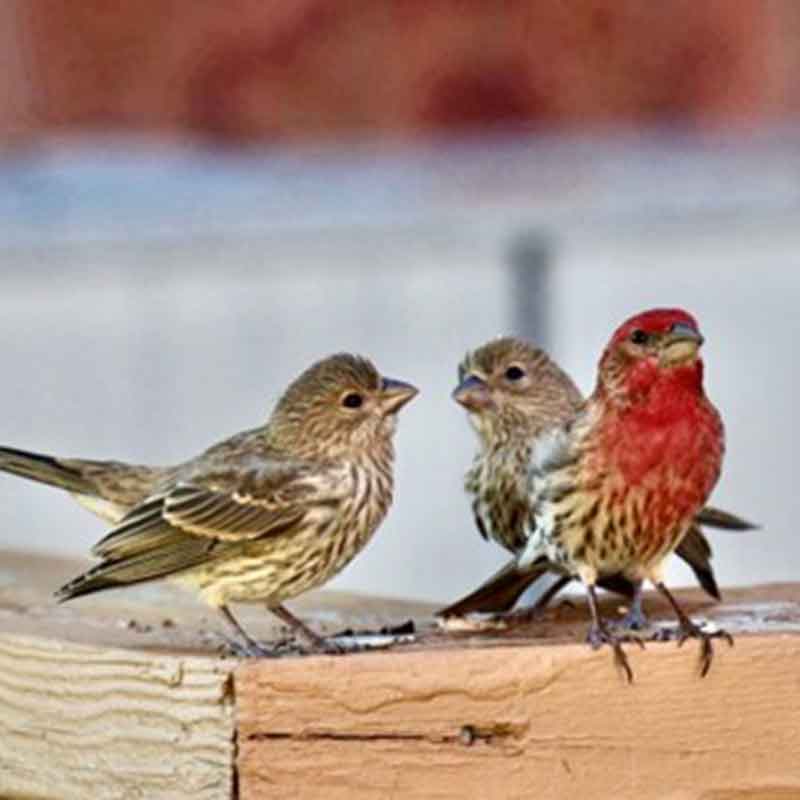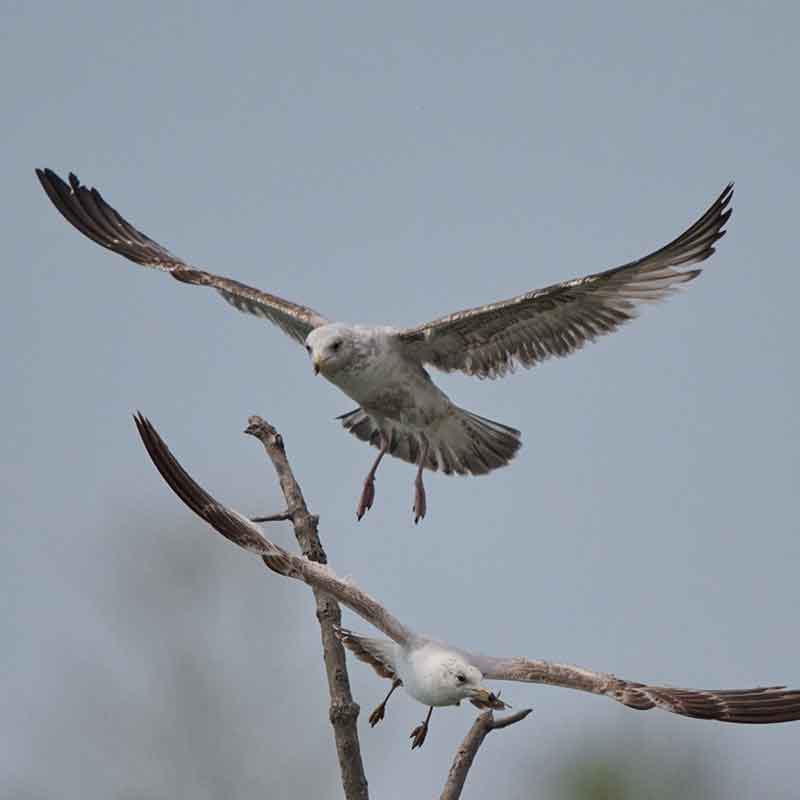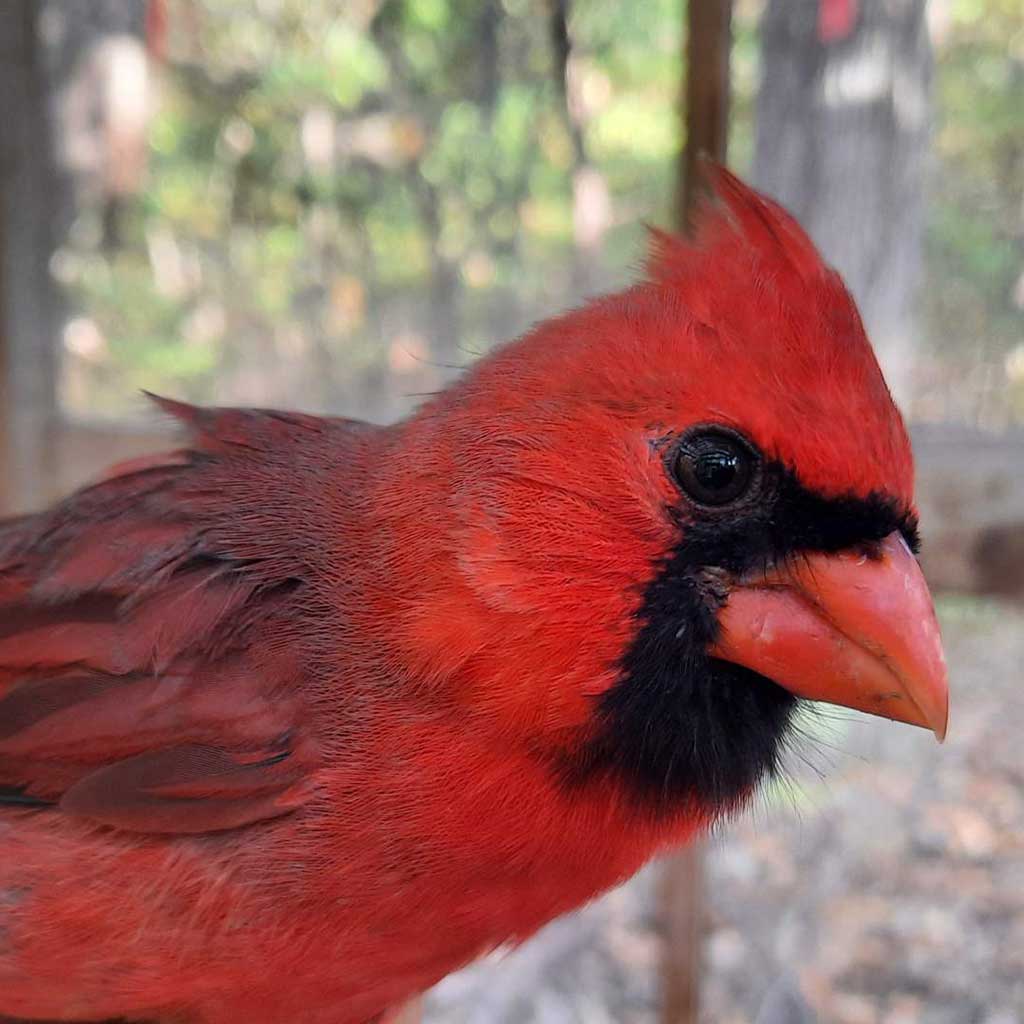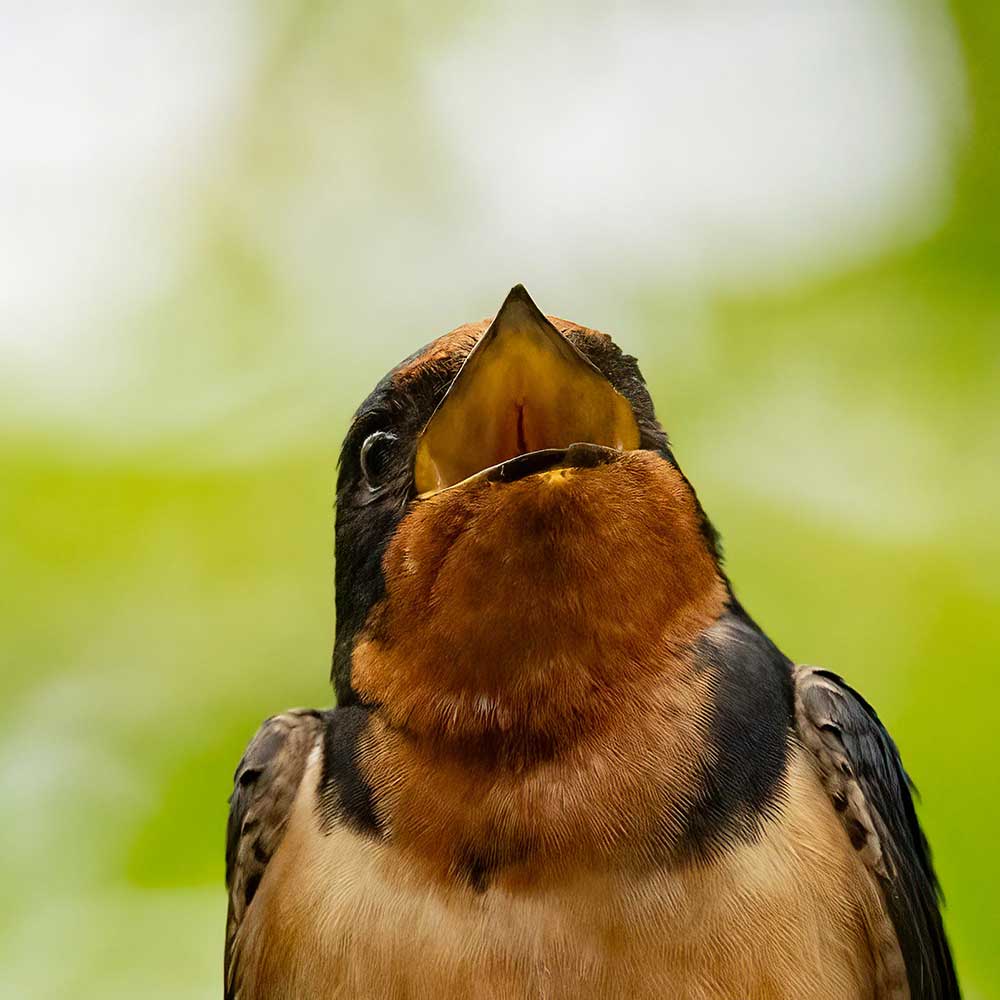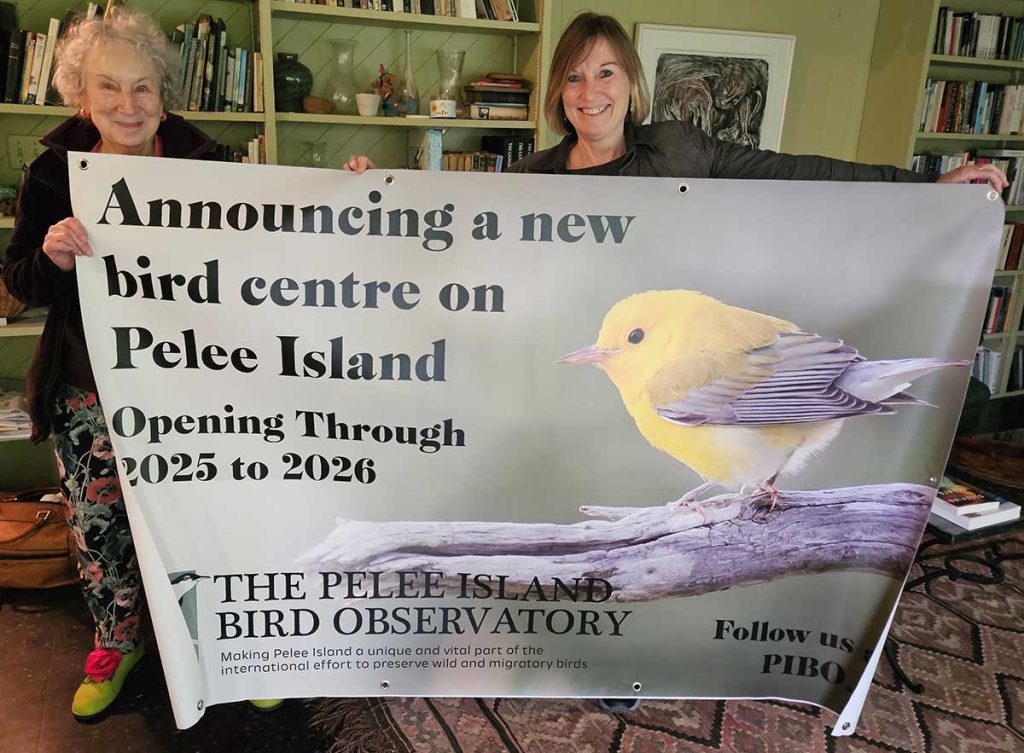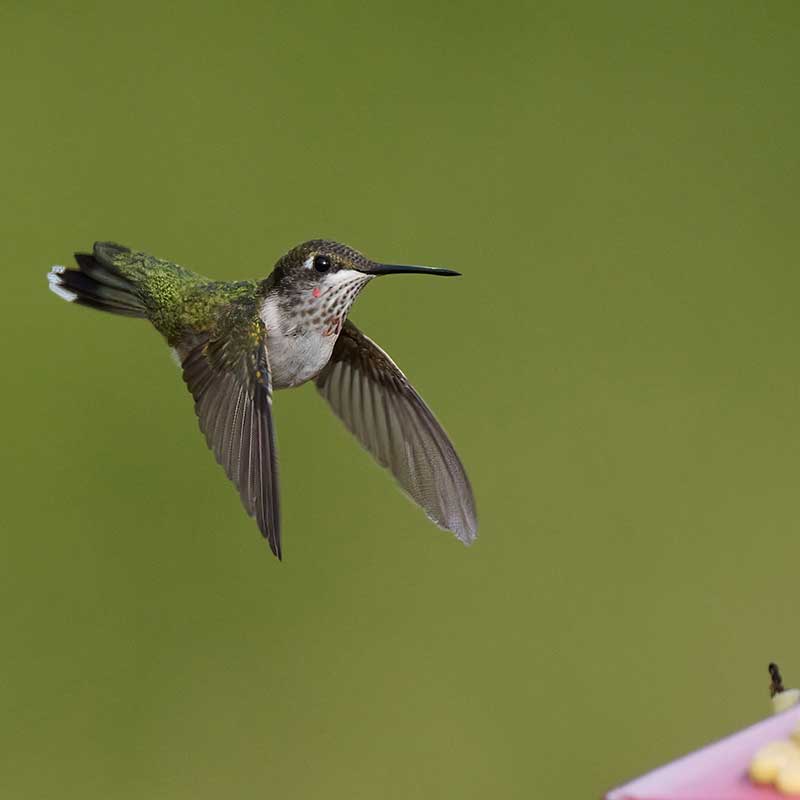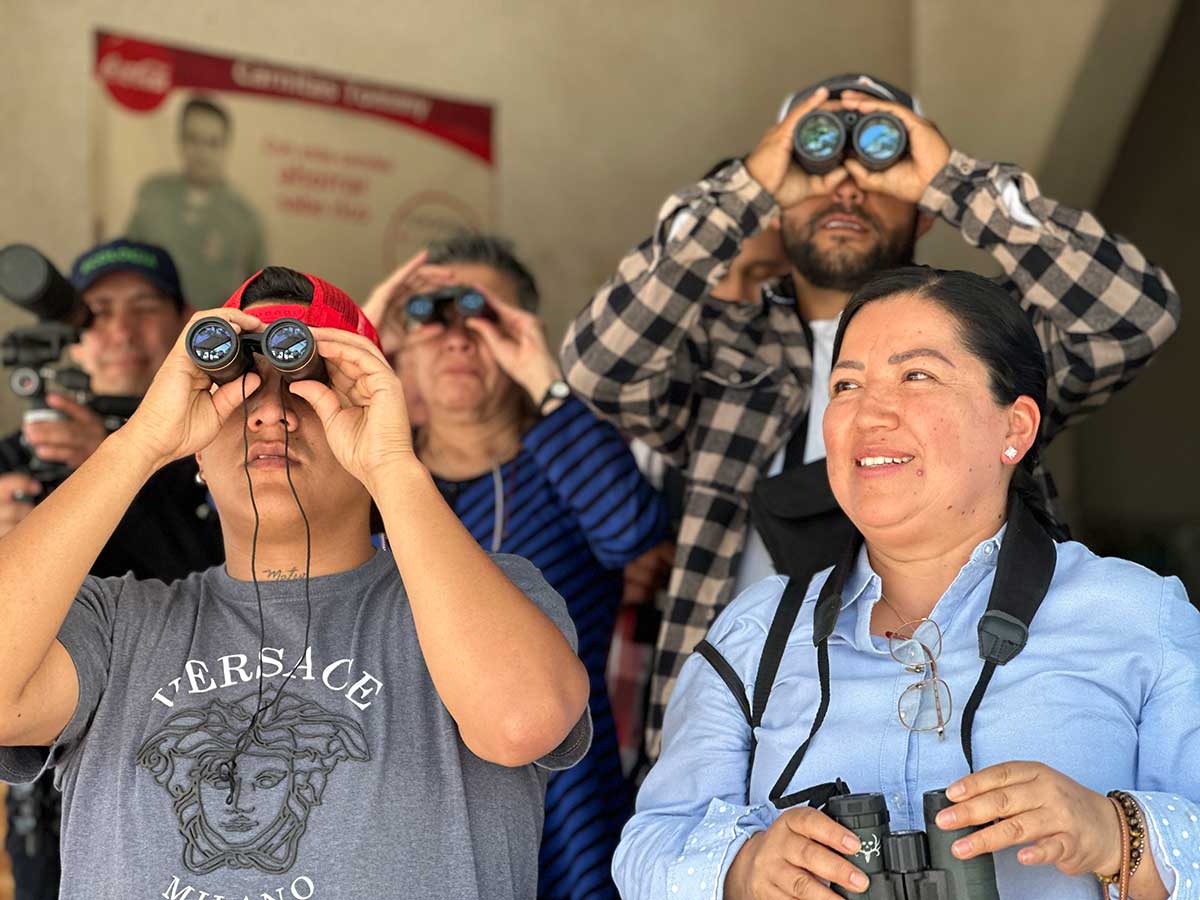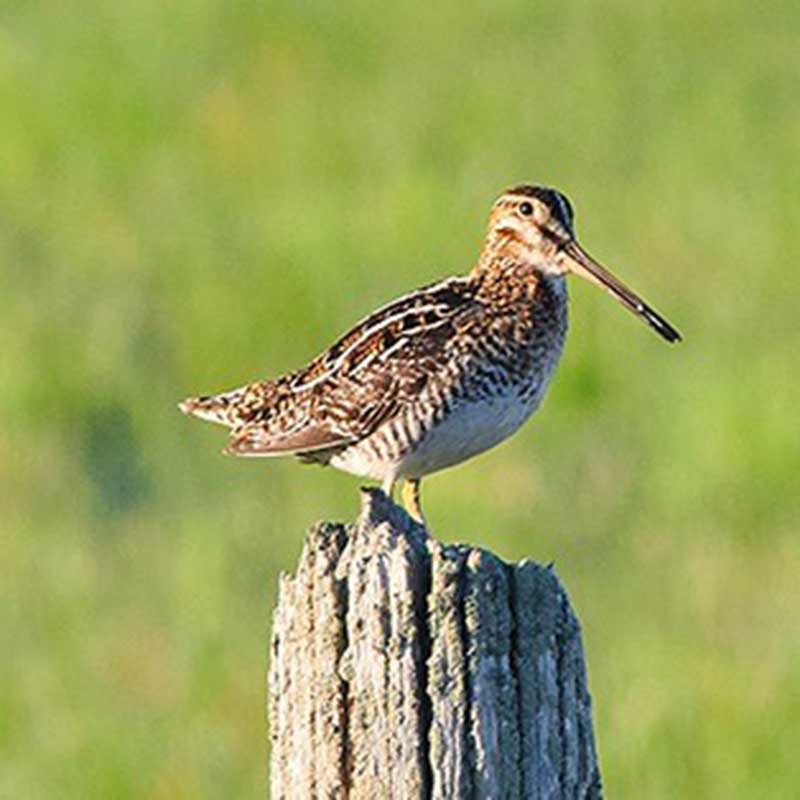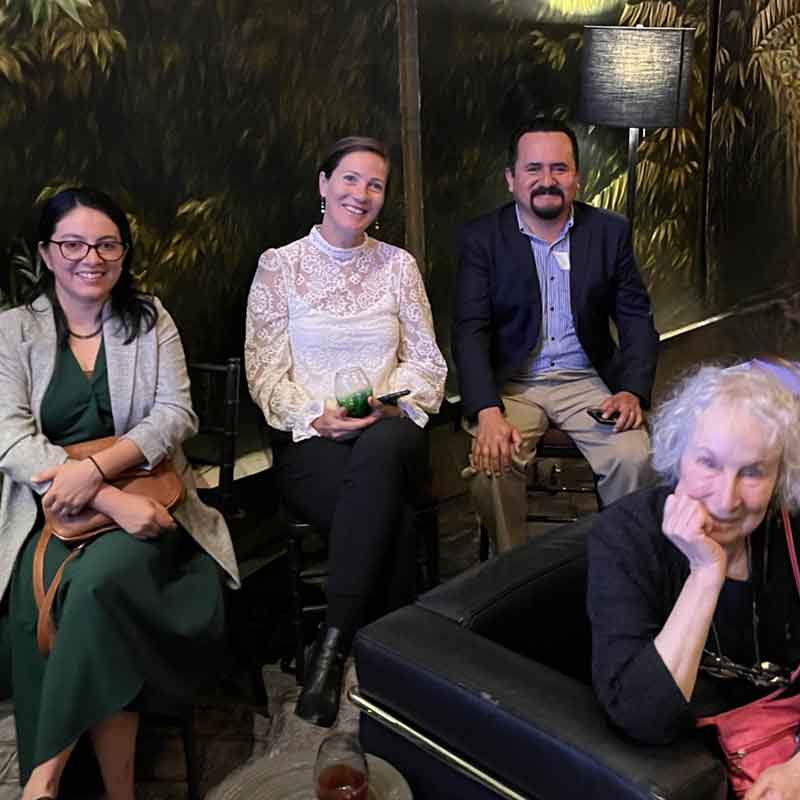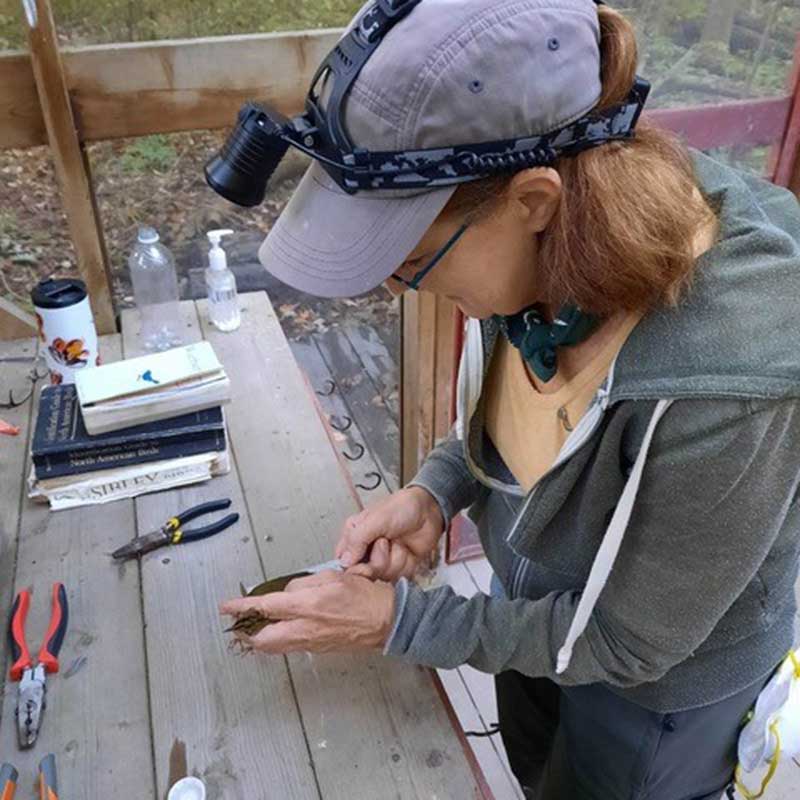Welcome
Our appreciation to Paul Jones, Mike V.A. Burrell, Richard K. Cooper, Sumiko Onishi and all the bird photographers who shared their work in these pages.
WELCOME TO THE PELEE ISLAND BIRD OBSERVATORY
The Pelee Island Bird Observatory (PIBO) is uniquely situated on the most southerly island in Canada, nestled in the western arc of Lake Erie, between the mainlands of Ohio and Ontario, but most importantly, in the path of two major migratory flyways for songbirds that winter in Central and South America and breed in Ontario. Among PIBO’s many research and outreach projects, PIBO conducts annual migration counts and bird banding. We also monitor the island’s significant breeding bird communities. Our online newsletter, The Auspice, provides migration summaries, records unusual bird sightings, bird population declines, and other birding news. And our downloadable bird checklist highlights the impressive range of birds that visit Pelee Island, including several Species at Risk and those that have limited breeding ranges in Ontario. Find out more about Who We Are and What We Do—and what YOU can do to help protect birds and bird habitat in southeastern Ontario
Planting for Birds
Mid-August might seem a bit late – or a bit early – to be planning a garden, but in fact now is the perfect time for designing a garden that will be attractive to birds. For example, fall is the best time to plant shrubs that will produce berries next summer. And seed catalogues are sent out in January, and it’s always good to have in mind exactly what seed- and nectar-producing perennials you’ll want to order that will entice birds to your garden between spring and fall migrations.
Choosing plants to attract birds is not complicated, but there are considerations to keep in mind.
Migration Summary - April 4th - 14th
PIBO’s 2025 field season kicked off on April 4. On our first census, dozens of Golden-crowned kinglets and Brown creepers were seen along the trail at Fish Point, and a Winter wren was heard singing. The sound at the pond was also springlike. Tree swallows were flying around, and hundreds of blackbirds and grackles called. But the colour of the vegetation was still wintery, and only some wild leeks and Dutchman’s breeches had started covering the ground.
The Great Backyard Bird Count - Feb 14-17
The annual Great Backyard Bird Count is being held this year from February 14 to 17. A joint annual event sponsored by Cornell University, Audubon, and Birds Canada, in which participants make a note of the birds in their backyards, and communicate the data to Cornell.
Participants decide where they want to observe, for example their backyard bird feeder, watch the feeder for 15 minutes at least once over the four days of the Count, record the species and the number of individuals seen or heard within each species, and upload those numbers to their eBird Mobile App or enter their bird list on the eBird website on their laptops. For more information or to download the eBird app, go to birdcount.org
Avian Flu Update
Avian flu, or H5N1, has continued to spread across North America since its arrival in mid-January 2024, so far infecting 136 million domestic birds, 900 dairy herds and more than 11,000 wild birds. Although the risk to humans remains low, the U.S. Department of Health and Health Services (HHS) warns that the outbreak has pandemic potential. There are 67 confirmed cases in humans in the United States, including one death in Louisiana, all in people who have had close contact with domestic animals. In Canada, where more than 15 million domestic birds have been infected, mostly in British Columbia, only one human case has been reported; that of a teenaged male in Vancouver who contracted a strain of the strain of the virus associated with wild birds in the Fraser Valley.
The HHS has awarded $590 million to Moderna to speed up the development of a vaccine against avian flu. Moderna was one of first two pharmaceutical companies to successfully develop an mRNA-based vaccine against Covid-19. This new award is in addition to $176 million given to Moderna by the HHS last July. According to the HHS, the Moderna model is intended to be affective not only against avian flu strains now found in birds and cows, but also against future variants that may create a pandemic in humans.
Join BIRDS of a FEATHER!
Help PIBO expand its research, education, and outreach programs!
Join PIBO’s new membership program—BIRDS of a FEATHER—and receive The Pinion, our new bimonthly e-journal of news, views, and reviews at home on Pelee Island and along the hemispheric flyways. Together, we can build a better future for birds.
Migration Summary - October 16 - November 10, 2024
Highway 413 Update
Construction of the controversial Highway 413, which will arch north of Highway 401 from Halton to York Region, is scheduled to start this year. The mega-project – a $6-billion, six-lane highway stretching 52 kilometres – will cut through 220 wetlands, 85 waterways, the Ontario Greenbelt, and the protected habitat of 11 at-risk species, including those of seven birds.
Despite protests from almost every community north of Toronto that the highway is meant to benefit – including Mississauga, Vaughan, Halton Hills, Orangeville, and Brampton – Premier Doug Ford has introduced amendments the Ontario Species-at-Risk Act that will reduce the amount of time a habitat can be protected. Currently the Act states that if a species-at-risk has occupied a particular habitat in the past 20 years, that habitat must be protected or restored. The new legislation would reduce that period to 10 years.
Missed Rodrigo Lopez’s Bird Talk?
No problem! For those who weren’t on Pelee Island in May for this year’s Bird Talk, presented by Mexican field guide Rodrigo Lopez, you can listen to the entire talk on YouTube.
On Mother’s Day 2024, the Pelee Island Bird Observatory officially announced the development of a new Bird Centre on Pelee Island. A little more than a year before, PIBO purchased The Bike Shop, formerly the LCBO, which sits on West Shore Road almost across from the ferry terminal. Demolition has already begun to gut the interior and begin the two-million dollar renovation that will see the building reborn as a research and education centre. Stayed tuned for stories about the transformation of PIBO’s fledgling project.
Hummers Need Our Help
Hummingbirds aren’t often included in discussions about threatened bird species, but according to Birdlife International, 28 species of New World hummingbirds are now considered vulnerable, with at least 8 nearing extinction. Most of those, such as Juan Fernandez and the Sapphire-bellied hummingbirds, are found only in Central and South America. But several North American hummingbirds are also becoming species of concern.
Of the three species found west of the Rockies – Anna’s, Allen’s and Costa’s hummingbirds – the Allen’s population has declined by 83 percent since 1970, down to fewer than 700,000 individuals, and is still declining. The Rufous hummingbird has lost two-thirds of its population in the past 50 years, and is one of 70 bird species considered to be at Birdlife International’s “Tipping Point,” which means it is expected to become extinct in the next 50 years.
PIBO in Mexico: The Prismaticos Project 2024
The second year of PIBO’s Graeme Gibson Prismaticos Project is underway. We gathered used binoculars, spotting scopes and bird books in Canada to distribute to forest rangers, nature guides, and school classrooms in Mexico. Over the winter, our Mexican partner, Rodrigo Lopez, sent out dozens of request forms, and from among those who applied he selected eight recipients whose needs were most urgent.
This March, for Phase One, he travelled to the city of Chupícuaro, in southwestern Guanajuato state, to deliver seven pairs of binoculars and a spotting scope to a group of volunteer guardabosques
Did You Know?
The American Ornithological Society has committed to changing the English-language names of all birds in North America named after people, along with names deemed offensive or exclusionary. Beginning in 2024, a select AOS committee will rename 70-80 birds species in Canada and the U.S. that have human names: thus new names will be sought for such birds as Barrow’s goldeneye, Sprague’s pipit, Wilson’s snipe, and Cooper’s hawk.
The process has already begun with some species: for example, in 2020 the name of the McCown’s longspur was changed to the Thick-billed longspur, because its original name referred to General John McCown, an officer in the American Confederate army.
“As scientists, we work to eliminate bias,” says AOS executive director and CEO Judith Scarl. “Exclusionary naming conventions developed in the 1880s, clouded by racism and bigotry, don’t work for us today.”
The AOS’s ultimate goal is to make birding more attractive to those who might be put off by bird names that evoke unpleasant historical associations. North America has lost nearly 3 billion birds since 1970. If more people become involved with birding, the AOS hopes more efforts will be made to preserve and protect species and reverse declining bird populations.
New and Noteworthy
PIBO in Mexico
On March 2, PIBO held its first Birds Without Borders Sunset Cocktail Party, an event designed to raise funds for our 2024 Guest Birder and International Intern programs. The party was hosted in San Miguel de Allende, Mexico, by Camino Sylvestre.
Work With Us!
Every year PIBO hires two Assistant Field Biologists, one for the spring banding season and one for the fall. We also welcome volunteers to work with our field staff on Pelee Island throughout the April to October season.
In the fall, we welcome a PIBO International Intern, an ornithologist or avian biologist working somewhere along the hemispheric flyway. Our first in this important skills-exchange program was Martha Ramirez Cruz from Hidalgo, Mexico.
We run a variety of important projects on the island, including bird banding (in 2023 we banded nearly 2,800 birds between May and October), breeding bird studies, migration monitoring, and Purple martin research.
If you are interested in being a volunteer or working with PIBO, find out more:

